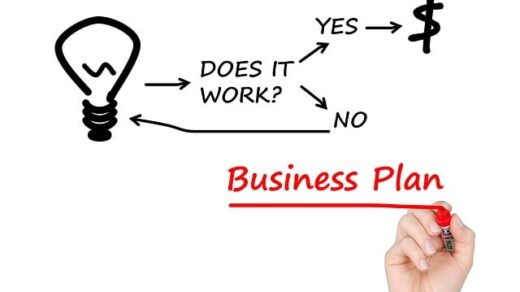Introduction
In the pursuit of personal and professional growth, setting clear and effective goals is essential. SMART goals are a tried-and-true framework for defining objectives that are Specific, Measurable, Achievable, Relevant, and Time-bound. This acronym stands as a beacon of guidance for individuals and organizations alike, enabling them to set targets that are both motivating and attainable. In this post, I will delve into the SMART goals framework, understand its components, and explore its applications in various aspects of life.
Defining SMART Goals
The SMART framework is an acronym that breaks down the characteristics of well-crafted goals. Each letter represents a crucial component:
- S for Specific: A specific goal should be clear, precise, and unambiguous. It answers the who, what, when, where, and why. A specific goal leaves no room for ambiguity and allows you to focus on what needs to be done.
- M for Measurable: A measurable goal is quantifiable, allowing you to track progress and determine when you have achieved it. It often answers questions like, “How much?” or “How many?”
- A for Achievable: An achievable goal should be realistic and within reach. It considers your resources, capabilities, and constraints, ensuring that the goal is attainable given your circumstances.
- R for Relevant: A relevant goal aligns with your broader objectives. It should be meaningful and have a clear purpose in your life or organization. It keeps you on the right path.
- T for Time-bound: A time-bound goal has a specific deadline or timeframe for completion. This adds a sense of urgency and accountability, preventing procrastination.
SMART Goals in Action
The SMART goals framework finds applications in various domains, from personal development to business and project management:
Personal Development
- Health and Fitness: “I will lose 10 pounds in the next three months by following a balanced diet and exercising three times a week.”
- Learning and Skill Development: “I will complete an online coding course in six months, spending at least five hours a week studying and practicing.”
Career and Professional Growth
- Career Advancement: “I will attain a promotion to a managerial role within the next two years by consistently exceeding performance targets and taking on additional responsibilities.”
- Business Development: “I will increase our company’s annual revenue by 20% over the next fiscal year through targeted marketing strategies and expanding our customer base.”
Project Management
- Project Milestones: “Our team will complete Phase 1 of the project within three months, which includes all research and planning tasks.”
- Task Management: “I will finalize the report and share it with the team by Friday afternoon to meet the project deadline.”
Benefits of SMART Goals
The SMART goals framework offers several key advantages:
- Clarity and Focus: SMART goals provide clarity by defining what needs to be accomplished and help individuals and teams stay focused on their objectives.
- Measurable Progress: The measurable component enables you to track your progress, which can be highly motivating and informative.
- Realistic Expectations: The achievable aspect encourages setting goals that are realistic, avoiding the disappointment of setting unattainable targets.
- Alignment with Purpose: The relevance component ensures that your goals align with your broader aspirations and values.
- Accountability and Timeliness: The time-bound element adds a sense of urgency and helps you manage your time effectively.
Conclusion
SMART goals serve as a reliable roadmap for personal and professional success. Whether you need career growth or personal development, the SMART framework lead to a higher likelihood of achieving your objectives. By crafting goals that are Specific, Measurable, Achievable, Relevant, and Time-bound, you’ll have a clear and actionable plan to realize your aspirations and fulfill your potential. Remember, setting SMART goals is not just about getting things done; it’s about getting the right things done in the most effective way.


